What are the different types of roof vents?
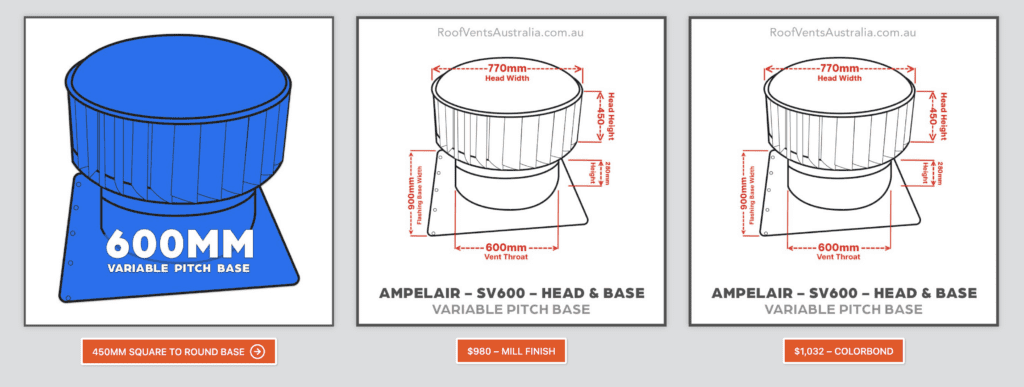

Rain Heads Custom Made Shipped Free Australia Wide – Click Here >
Dambuster Rain Heads Shipped Free Australia Wide – Click Here >
Commercial Industrial Roof Vents 300mm-950mm – Click Here >
Eco-Friendly Roofing Insulation Shipped Free – Click Here >
Gutter Sumps Shipped Free Australia Wide – Click Here >
Roof Vent Types
Maybe you’re a company with a large office building, the upper levels of which get pretty hot and stagnant in the long summer months. Maybe you’re a homeowner who’s tired of your attic being unbearably hot in the summer, or have had to deal with damage from your roof freezing over in winter. There are any number of reasons why you may be looking for roof vents.
Whatever your ventilation needs, however, the question remains – which type of vent is right for you?
There are two basic kinds of vents – passive and active. The former works by harnessing the power of nature, with wind power and the elements responsible for turning turbines or pushing fresh air through vents, thereby, creating ventilation. The latter are vents powered by internal engines that require electricity to function, but keep the turbines turning and the fresh air flowing no matter the conditions.
With that basic distinction in mind, let’s take a closer look at some of the most common and effective roofing vents on the market.
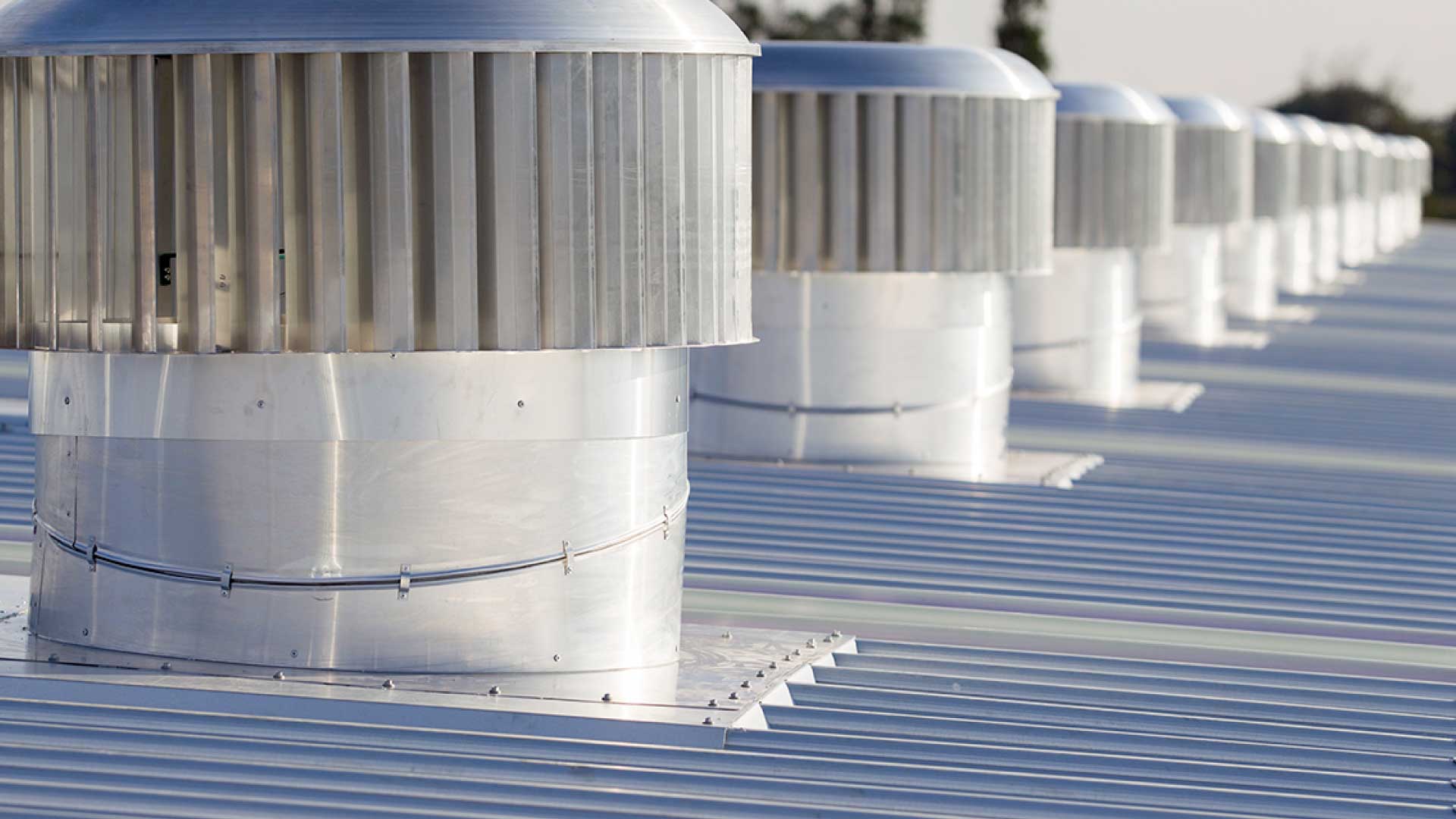
Soffit Vents
One of the most noticeable things about soffit vents is just how unnoticeable they are. These types of vents are located underneath a roof’s frame and edges, making them some of the most inconspicuous vents on the market.
They also make for good complementary vents. As stated, there are active and passive vents, and some home ventilation setups work best when there’s one of each kind. For example, you can pair certain motor-powered vents with the passive efficiency of soffit vents to keep your roof and attic area well-ventilated no matter the conditions.
Soffit vents allow fresh air to enter the area in question through the base of the roof, while exhaust is expelled at the top. This latter function can be useful for thawing out frozen-over rooftops in the winter.
There are two main types of soffit vents, continuous and individual. Continuous soffit vents are just what they sound like, long narrow vents that form continuous openings in your roof’s underside for ventilation purposes. Individual vents feature smaller, single vents strung together. The former can be better for straight, long, narrow roofing eaves, while the latter can be good for more sporadic and complex arrangements.
For roof vents metal roof setups can utilise, it’s hard to go wrong with these.
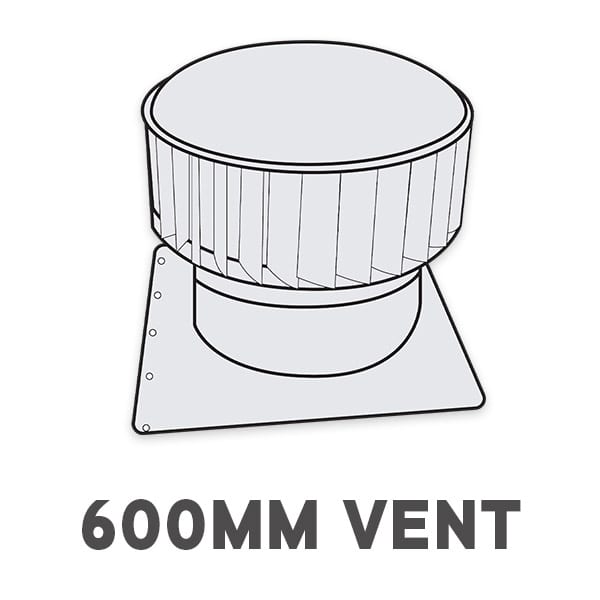
Supply & Installation Price
Sydney Metro Only
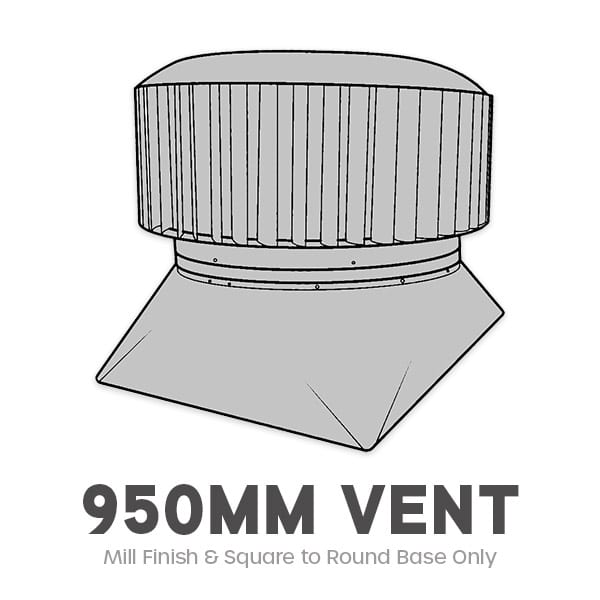
Supply & Installation Price
Sydney Metro Only
1 Roof Vent
Supply & Installation Price
$520/1
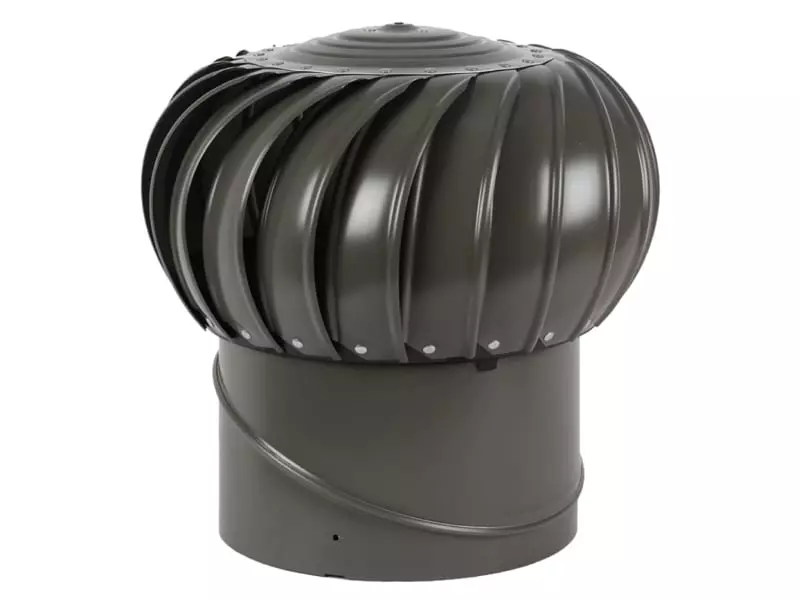
1 Ampelite 300 Spinaway
Colorbond or Mill Finish Supply & Installation Price
Download PDF
2 Roof Vent
Supply & Installation Price
$860/2
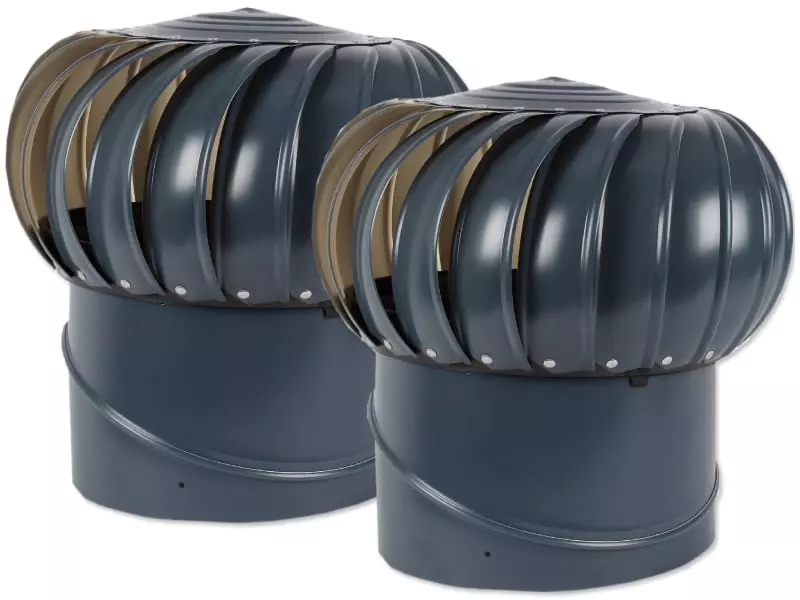
2 Ampelite 300 Spinaway
Colorbond or Mill Finish Supply & Installation Price
Download PDF
3 Roof Vent
Supply & Installation Price
$1,090/3

3 Ampelite 300 Spinaway
Colorbond or Mill Finish Supply & Installation Price
Download PDF
4 Roof Vent
Supply & Installation Price
$1,300/4

4 Ampelite 300 Spinaway
Colorbond or Mill Finish Supply & Installation Price
Download PDF
Whirlybird Vents
These are some of the most common and popular types of vents in Australia, and with good reason.
For starters, they are available in both active and passive forms. You can choose whirlybirds that are powered entirely by the wind, or opt for versions that are motor-based. The former can go well with housing setups looking to cut down on energy usage and electricity bills, while the latter can work either on their own or when complemented by other systems, such as the soffit vents mentioned above.
Whirlybirds are typically round, shaped somewhat like a chef’s hat, and come in different sizes. The larger the size, the more you can expect to pay. You can also buy whirlybirds individually or in a group.
Gable Vents
As the name would imply, gable vents aren’t ventilation systems you attach directly to your roof, but rather the gabled area of roofs which fit that shape. On the one hand, that definitely makes these more of a niche option than other vents on this list. On the other hand, if your roof fits that niche, it can make these a perfect fit.
Part of what sets gable vents apart from the pack is the fact that, unlike other types of roof vents, they are meant to be displayed as a prominent part of your home décor. Unlike soffit vents, they feature trim, which is meant to be painted to match or complement your roof and attic’s décor scheme.
What’s more, they are capable of both intake as well as exhaust, the former being the process of taking cool air into a roof and attic and the latter being the process of expelling warm air. That dual capability makes them one of the most versatile roofing vents out there.
Solar Powered Vents
There is no denying that green energy and efforts to make our homes and lives more sustainable and eco-friendly is one of the biggest stories today, and it is set to remain so for some time. There are many reasons to strive for greater sustainability, from concern about the planet to wanting to cut down on energy costs to the subsidies that can come from solar power. It should thus come as no surprise that solar powered vents are growing in popularity.
So, how do they stack up compared to the rest of the options here?
Solar roof vents are a great exhaust option, removing lots of hot air from your attic. They typically include fans that are solar powered or else triggered to switch on at a certain temperature, removing heat from your attic if things get too hot.
That isn’t to say that this option isn’t without its caveats. Your home needs to be well-insulated for this to work, otherwise it may not be able to ventilate your attic as efficiently. That said, you should obviously make sure your home’s insulation is in good shape anyway.
A bigger point of contestation is how much it can help you save. While it is true that their solar powered nature can help you cut down on the amount you have to use your air conditioner, the cost of installation can easily cost hundreds of dollars. That said, while they may be a money-loser in the short-term, when it comes to roof vents solar powered options which can help you cut down on energy usage makes it a likely long-term win.
Ridge Vents
Finally, let’s take a look at what ridge vents have to offer. These types of vents are installed at the top of your roof and help release air upward. Heat rises, so this can be an effective way to ventilate your attic of hot, humid air.
Roof vents on metal roof surfaces can be hard to pull off, but ridge vents work. These roof vents for metal roof setups are typically on the larger side, often running from one end of your roof to another, making them some of the biggest ventilation systems on this list.
In addition, they are the polar opposite of gable vents insofar as they are designed to blend in with the top of your roof. Oftentimes, shingles help hide ridge vents, making them quite inconspicuous. What’s more, because they go with the grain of your roofline, they do not tend to disrupt your décor. Installation can be as simple as leaving or creating a gap in the shingled sheathing along your roof’s ridgeline, and then covering that with a vent grate.
Which Vents Are Right for You?
Having given an overview of the most common types of vents on the market, let’s turn to the question of which vents work best in which scenarios – and thus which options are the best fit for you.
To begin with, you’ll need to take a look at the shape and size of your roof. Certain roof shapes promote or preclude certain types of vents. For example, if you have a gabled roof, it can be difficult to install many types of vents given the steep slope of the roofing itself. That’s why gabled vents are all but a necessary choice for homeowners with gabled roofs, fitting those slopes perfectly and allowing you to get ventilation for your home which might otherwise be impossible.
On the other hand, if you don’t have a gabled roof, chances are gable vents won’t fit in with your roofing setup.
By contrast, soffit vents can work with practically any roofing setup specifically because of the universality of its design. Every roof has an underside, and so they all have a space where soffit vents can be attached. What’s more, most roofs can benefit from natural, passive air flow ventilating the space, and soffit vents are a perfect way to achieve that.
Moreover, they’re a great example of vents that work well in tandem with active vents, such as motor-powered whirlybirds. The combination of these two types of vents can be great for those looking to ventilate an especially large area. If your attic is too big to be adequately ventilated by the vents you have put in place, you may want to consider looking into these dual options.
In addition, you’ll want to consider the question of intake versus exhaust. Ideally, you should make sure your home’s ventilation system can release heat to cool your home as well as warm your roof. This is where some of those dual systems again come into play. They can be quite adept at doing this.
You’ll also want to consider whether you should get a fan for a roof vent. Roof vents with fans can be more costly, but can likewise be more effective at pushing out air.
Finally, there is the question of cost, which will once again depend in large part on the size of your roof and how many vents you install. Some of the least expensive vents can cost under $100, while high-end whirlybirds can cost a few hundred dollars easily. The amount of vents you use as well as whether you install them yourself or get professional roof vents installation services for something like ridge vents or whirlybirds can also make a sizeable impact.
Armed with these facts, you’ll be able to make the right roof ventilation choice for your home.
